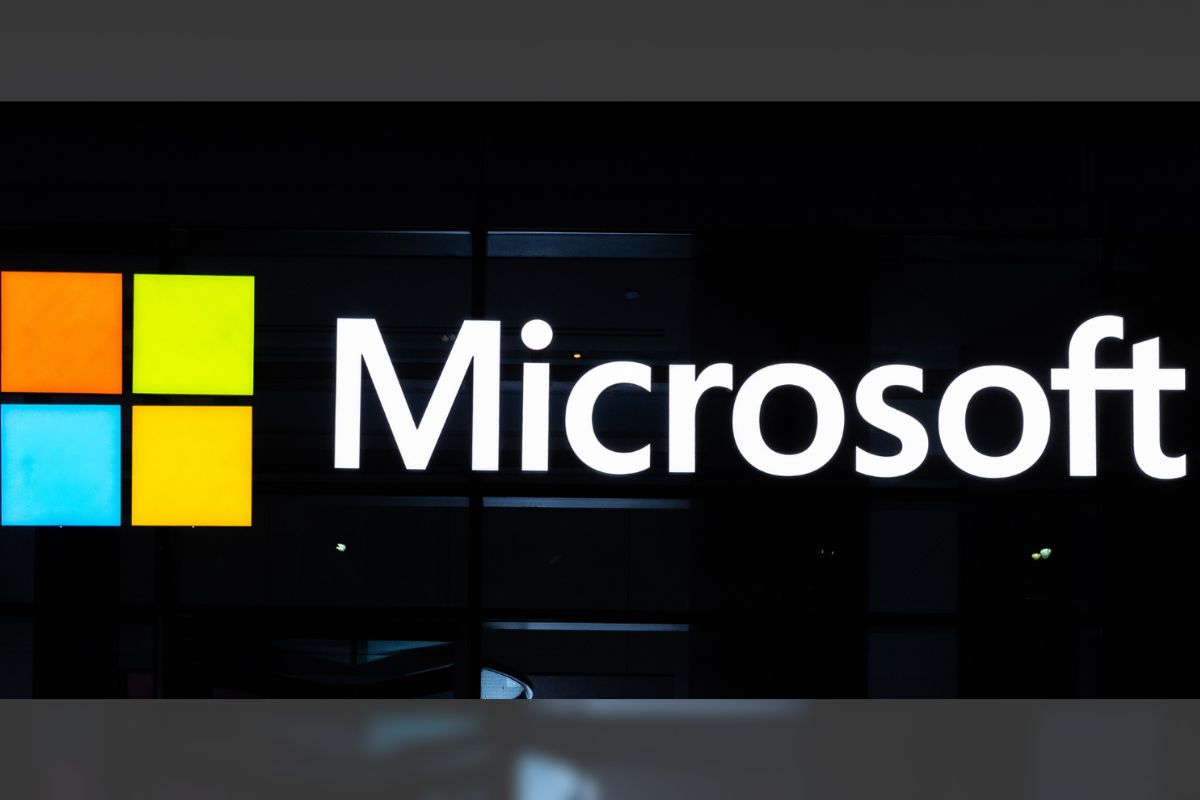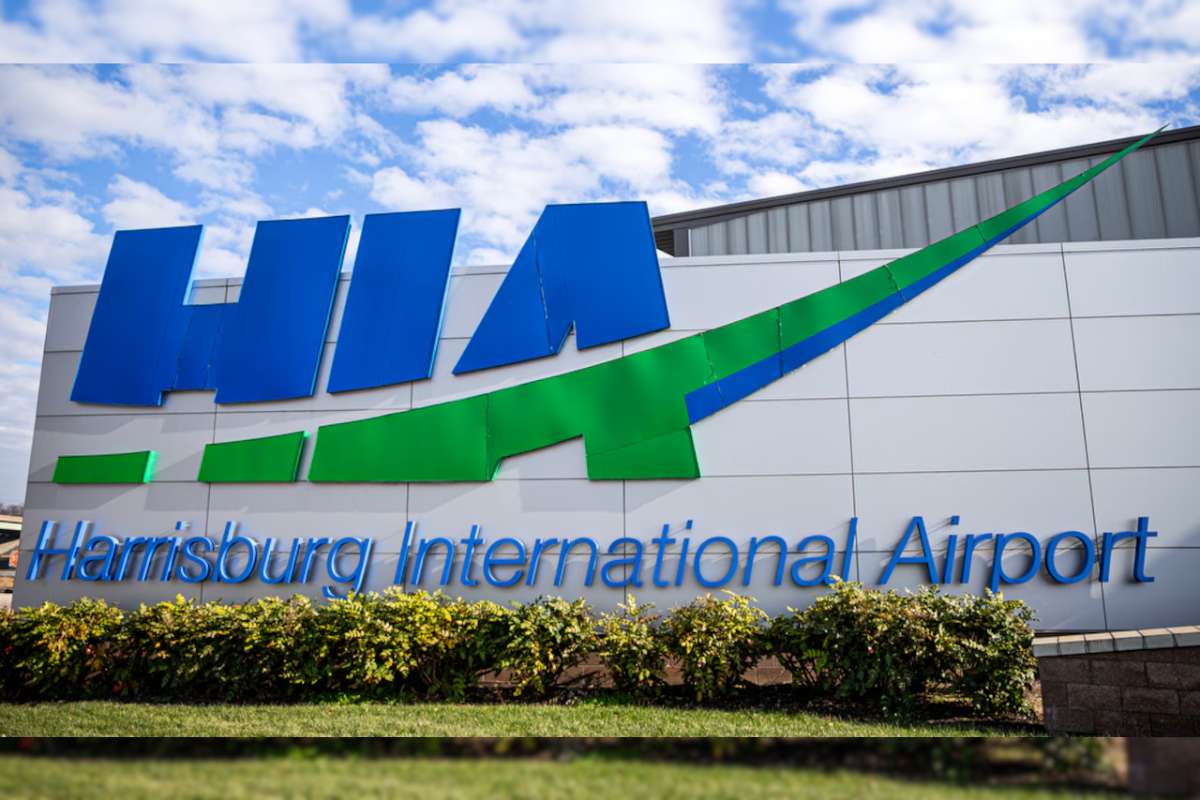A critical Microsoft Exchange Hybrid Vulnerability disclosed on August 6, 2025, allows attackers with on-premises admin rights to escalate privileges in Microsoft 365 cloud environments—without leaving detectable forensic traces.
Microsoft Confirms High-Severity Exchange Server Hybrid Flaw (CVE-2025-53786)
August 7, 2025 — Redmond, WA — A newly disclosed vulnerability in Microsoft Exchange hybrid deployments could allow threat actors with administrative access to escalate privileges into Microsoft 365 cloud environments undetected, according to a joint disclosure by Microsoft and security researcher Dirk-Jan Mollema of Outsider Security.
Designated CVE-2025-53786, the vulnerability stems from Exchange Server’s legacy shared service principal architecture, used to authenticate hybrid interactions between on-premises Exchange and Exchange Online. Microsoft formally acknowledged the vulnerability during the Black Hat 2025 conference after Mollema demonstrated practical exploitation techniques in a live session.
Attack Vectors: Unstoppable Tokens and Identity Layer Escalation
The vulnerability involves special OAuth tokens used for hybrid Exchange communication with Microsoft 365. These tokens, valid for 24 hours and non-revocable, allow attackers to modify user credentials, convert cloud accounts into hybrid identities, and impersonate privileged users.
“These tokens can’t be revoked,” Mollema said during his Black Hat demo. “So if someone gains one, defenders essentially have no control for that 24-hour window.”
The Cybersecurity and Infrastructure Security Agency (CISA) has labeled this a high-severity threat, noting that a single compromised on-premises Exchange admin account can lead to undetectable privilege escalation across connected Microsoft 365 cloud environments tenants.
Risk Profile: High Complexity, High Impact
While the attack requires initial administrative access to an on-prem Exchange Server—a moderately high bar—the consequences of successful exploitation extend far beyond the initial breach. The attack allows cross-boundary privilege escalation affecting cloud-hosted user identities, calendar data, and mailbox content.
CISA’s alert highlights that exploitation “could enable lateral movement into cloud services, altering or impersonating high-privilege user accounts without easily auditable evidence.”
Experts say the flaw affects the identity and authentication layer, giving attackers the potential to embed persistent access deep within hybrid environments.
Microsoft 365 cloud environments April 2025 Fixes Gain New Urgency
Although Microsoft initially downplayed April 2025 configuration changes as “security improvements,” those updates were, in fact, the first mitigation measures for CVE-2025-53786. In response to Mollema’s demonstration, Microsoft has now retroactively documented the issue as a formal vulnerability and issued clear remediation instructions.
Key security changes introduced in April 2025 included:
- Transitioning from shared service principals to dedicated Exchange hybrid apps.
- Introducing the Service Principal Clean-Up Mode to reset legacy keyCredentials.
- Publishing updated Exchange Server Hotfix Updates for affected builds.
Affected Exchange Server Builds
| Product | Affected Build |
|---|---|
| Microsoft Exchange Server 2019 CU15 | 15.02.1748.024 |
| Microsoft Exchange Server 2019 CU14 | 15.02.1544.025 |
| Microsoft Exchange Server 2016 CU23 | 15.01.2507.055 |
| Microsoft Exchange Server Subscription Edition RTM | 15.02.2562.017 |
Organizations running these builds in hybrid environments should treat the vulnerability as urgent.
Remediation Guidance from Microsoft and CISA
All organizations operating Exchange Hybrid environments should take the following actions immediately:
- Install April 2025 Exchange Hotfix Updates on all affected on-premises Exchange servers.
- Migrate to dedicated Exchange hybrid apps as outlined in Microsoft’s configuration guidance.
- Use Microsoft’s Service Principal Clean-Up Mode to remove stale keyCredentials from legacy hybrid apps.
- Run the Exchange Health Checker Tool to identify any outstanding misconfigurations or vulnerability exposure.
Microsoft 365 cloud environments emphasized that no in-the-wild exploitation of the flaw has been detected as of the disclosure date, but the existence of proof-of-concept exploits raises concerns about imminent adoption by threat actors.
Implications for Enterprise Security
This vulnerability once again underscores the risk of hybrid identity misconfigurations in modern cloud-connected infrastructures. As more enterprises retain legacy on-premises Exchange servers for coexistence or compliance purposes, they may inadvertently expose cloud services to lateral movement attacks.
Security teams are advised to audit hybrid trust relationships and consider tightening administrative access controls on Exchange servers to reduce exposure.
CISA continues to monitor for exploitation activity and recommends that federal and critical infrastructure organizations complete the remediation checklist within 30 days.






